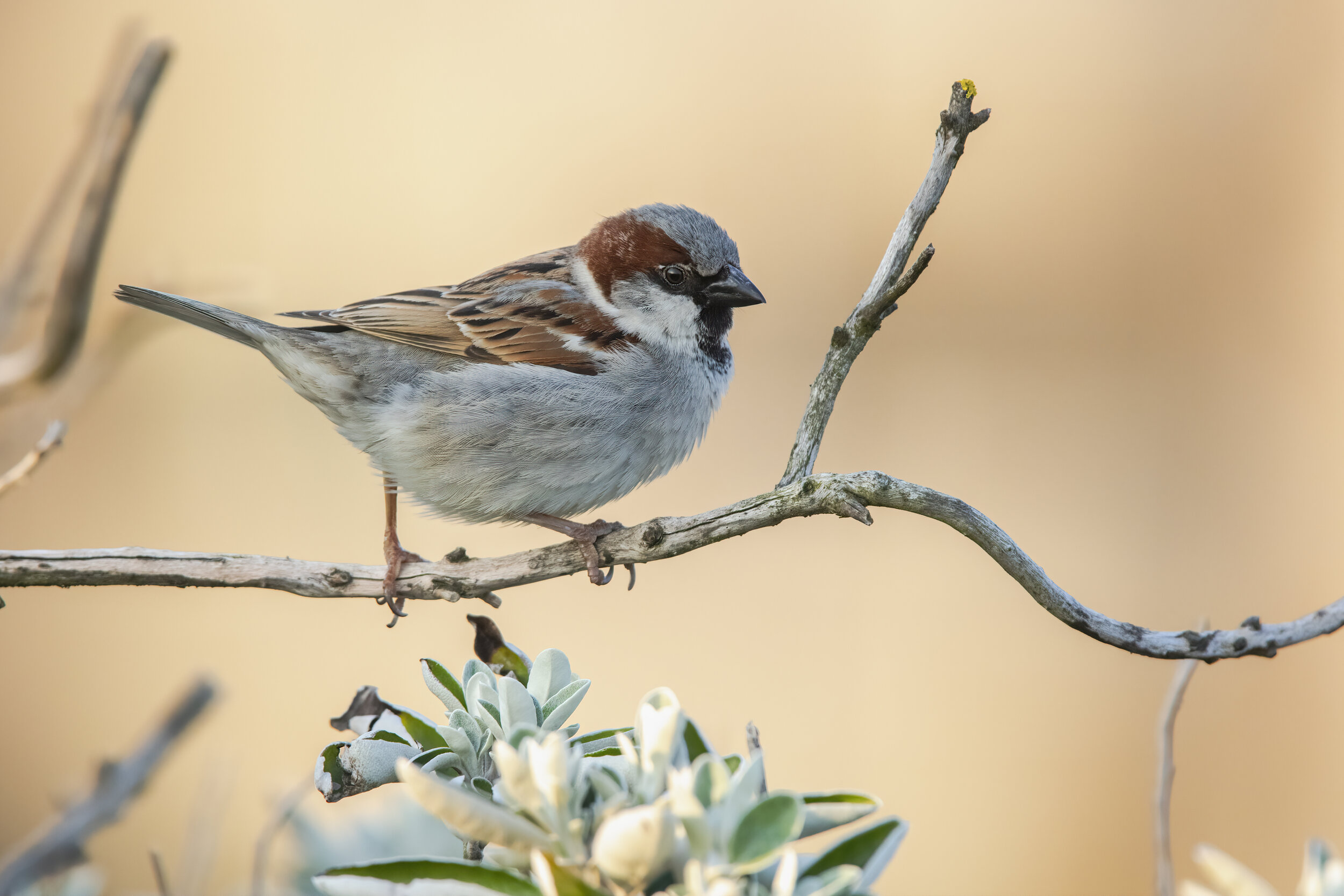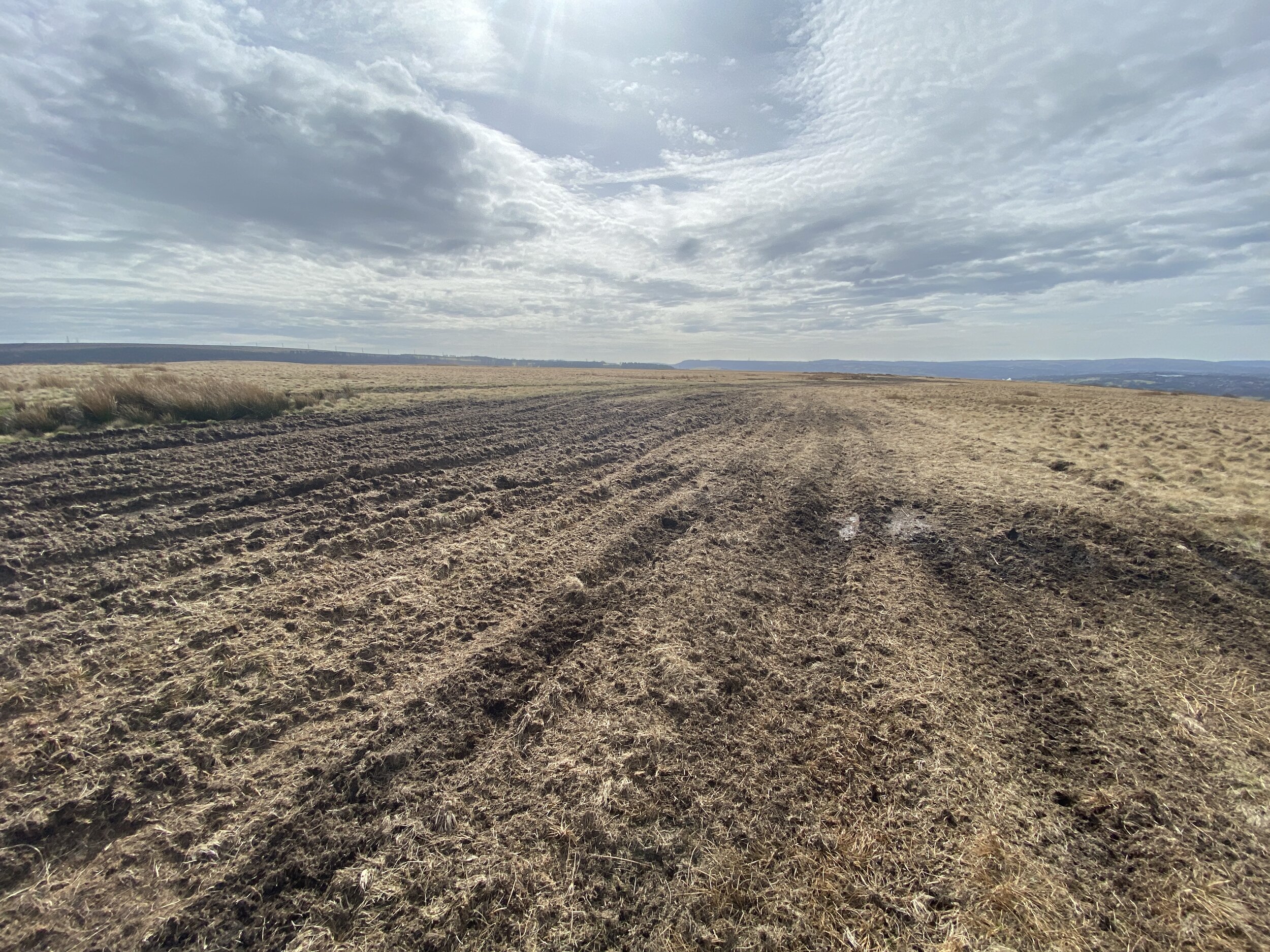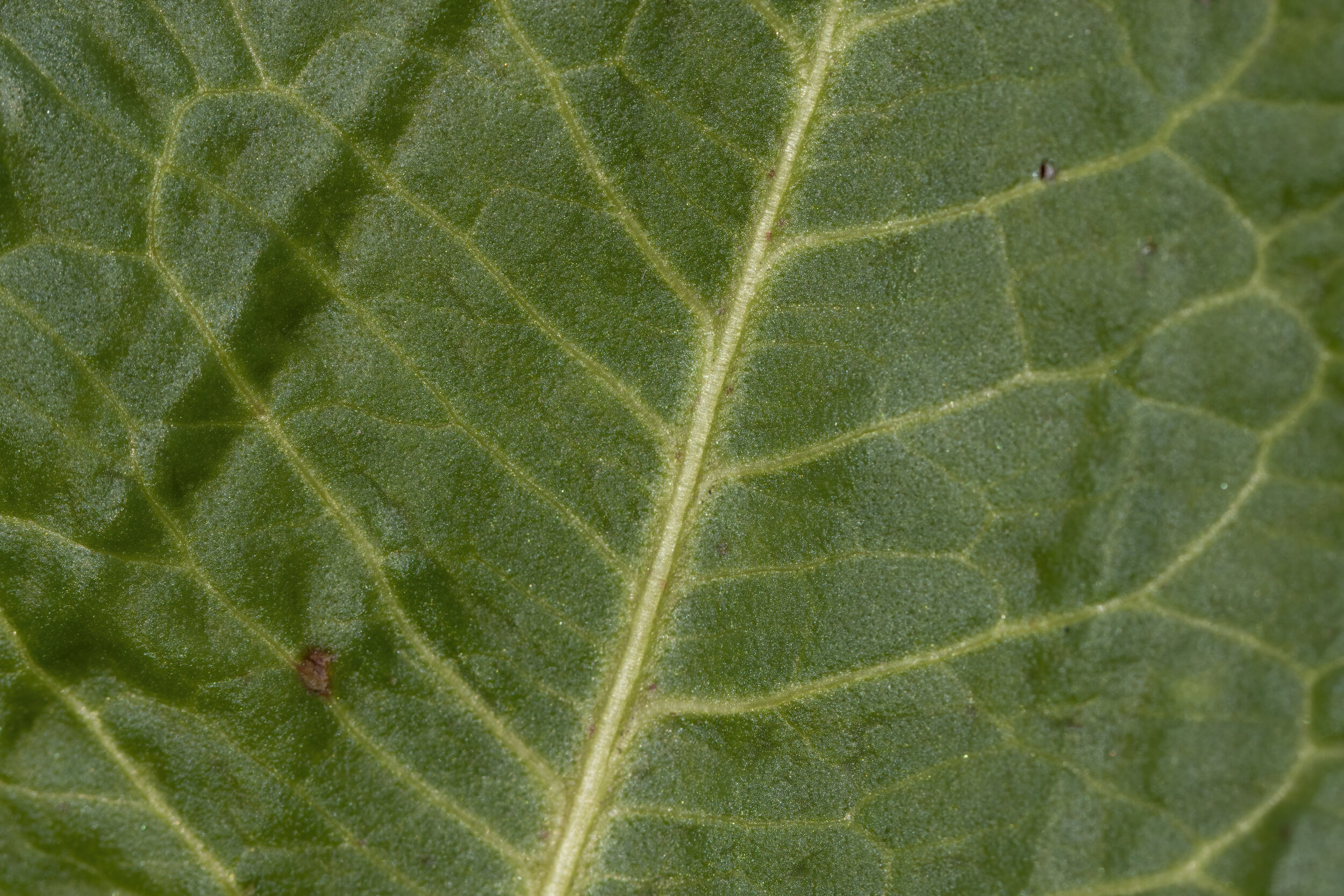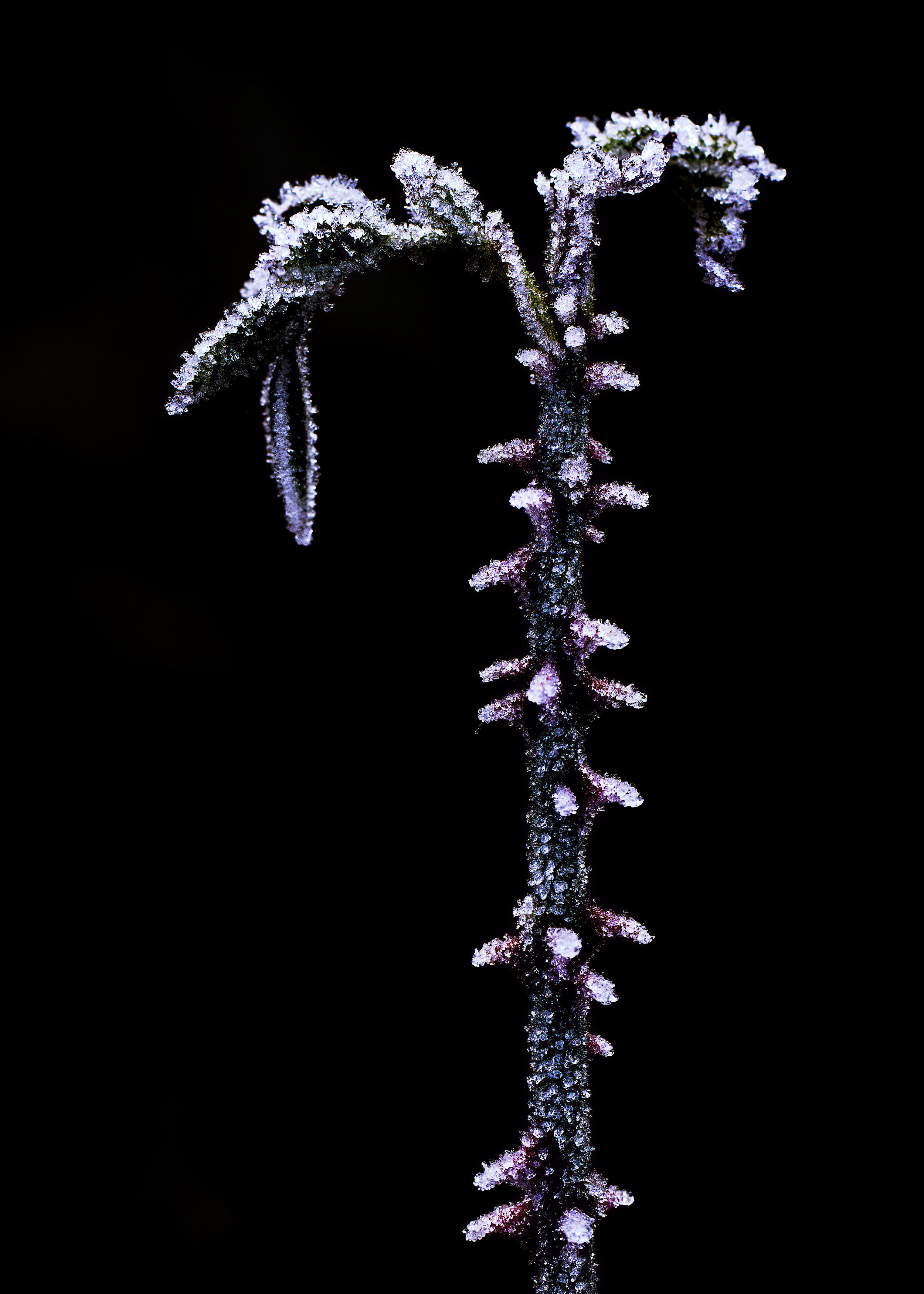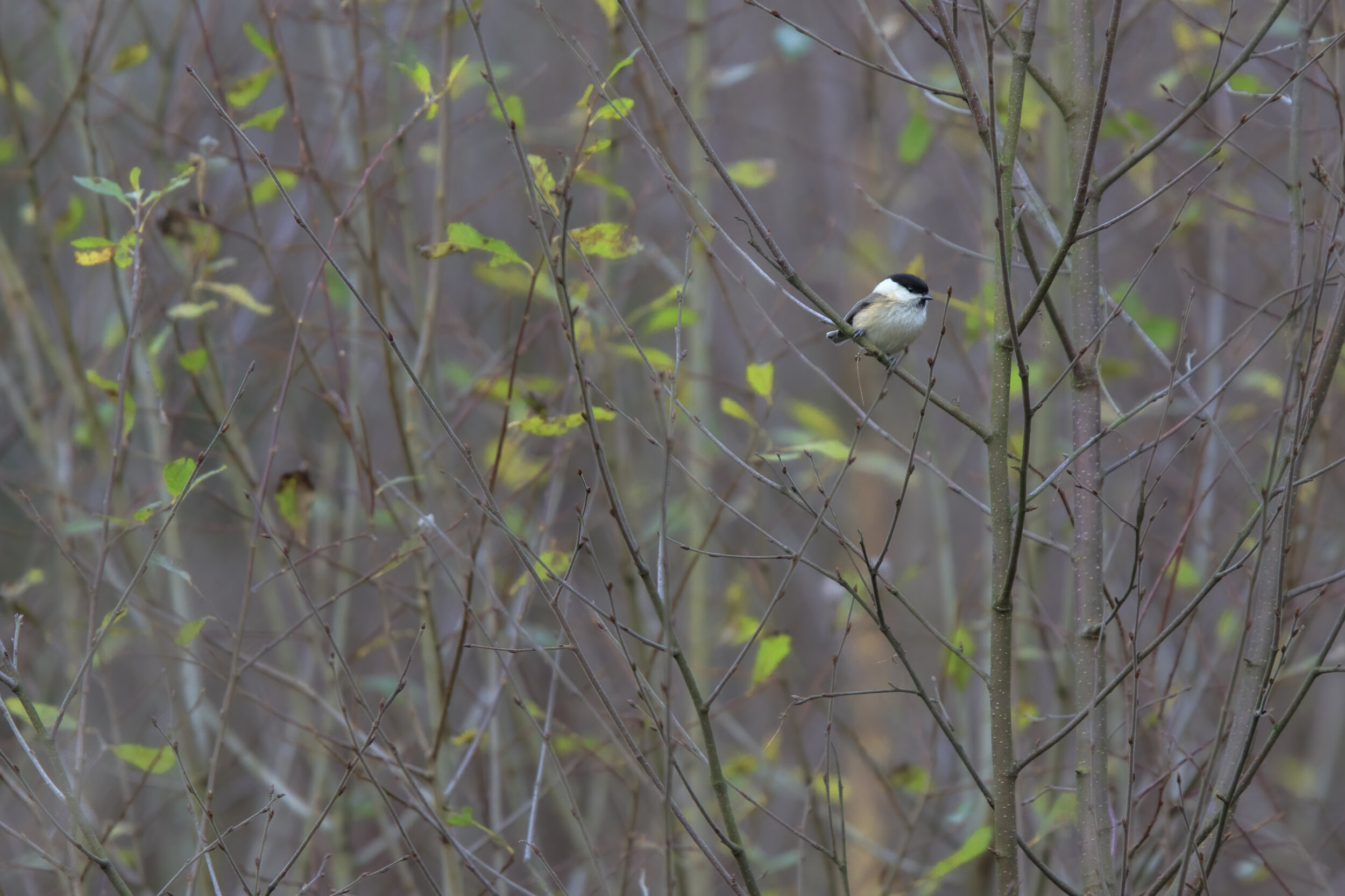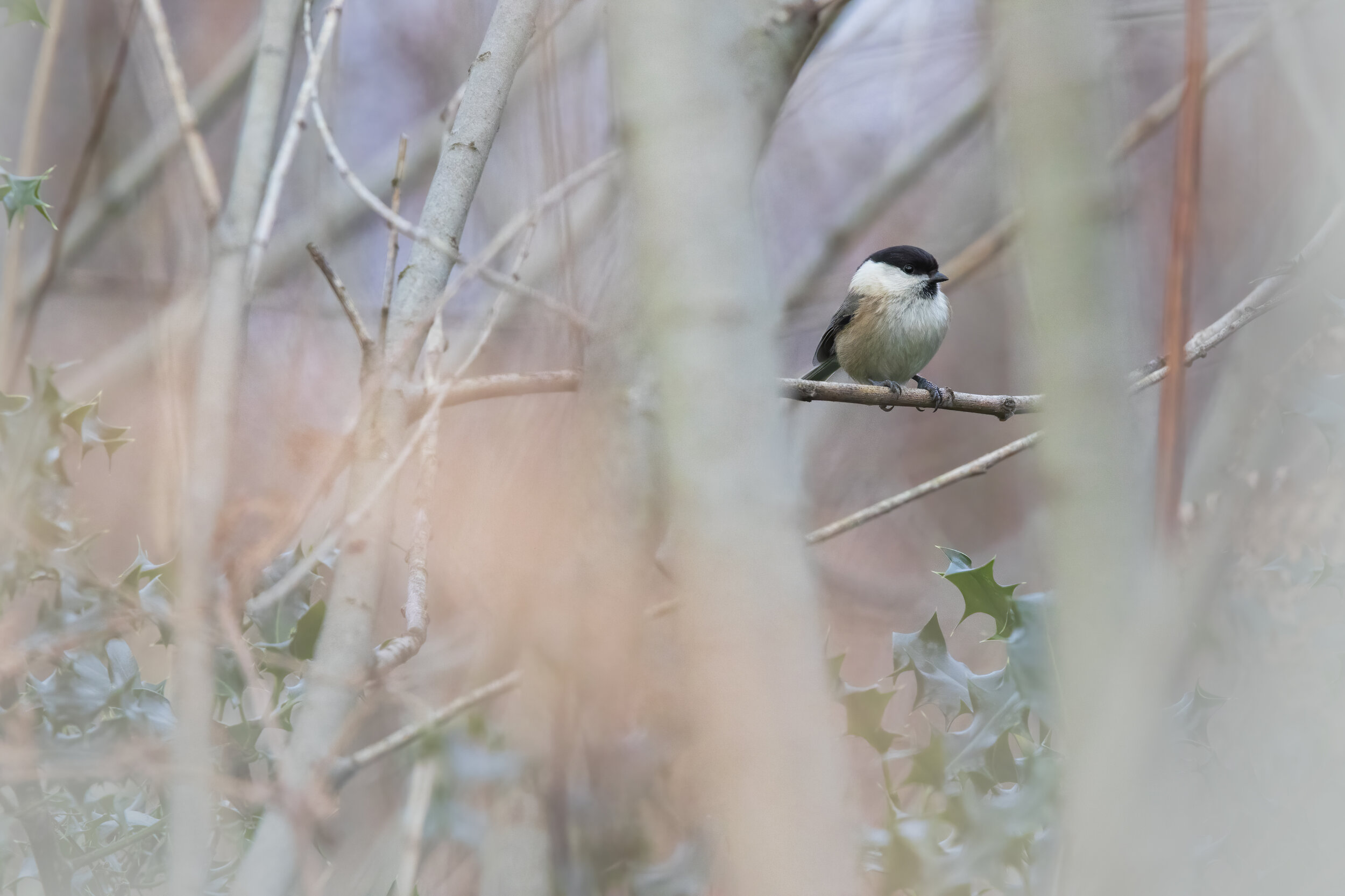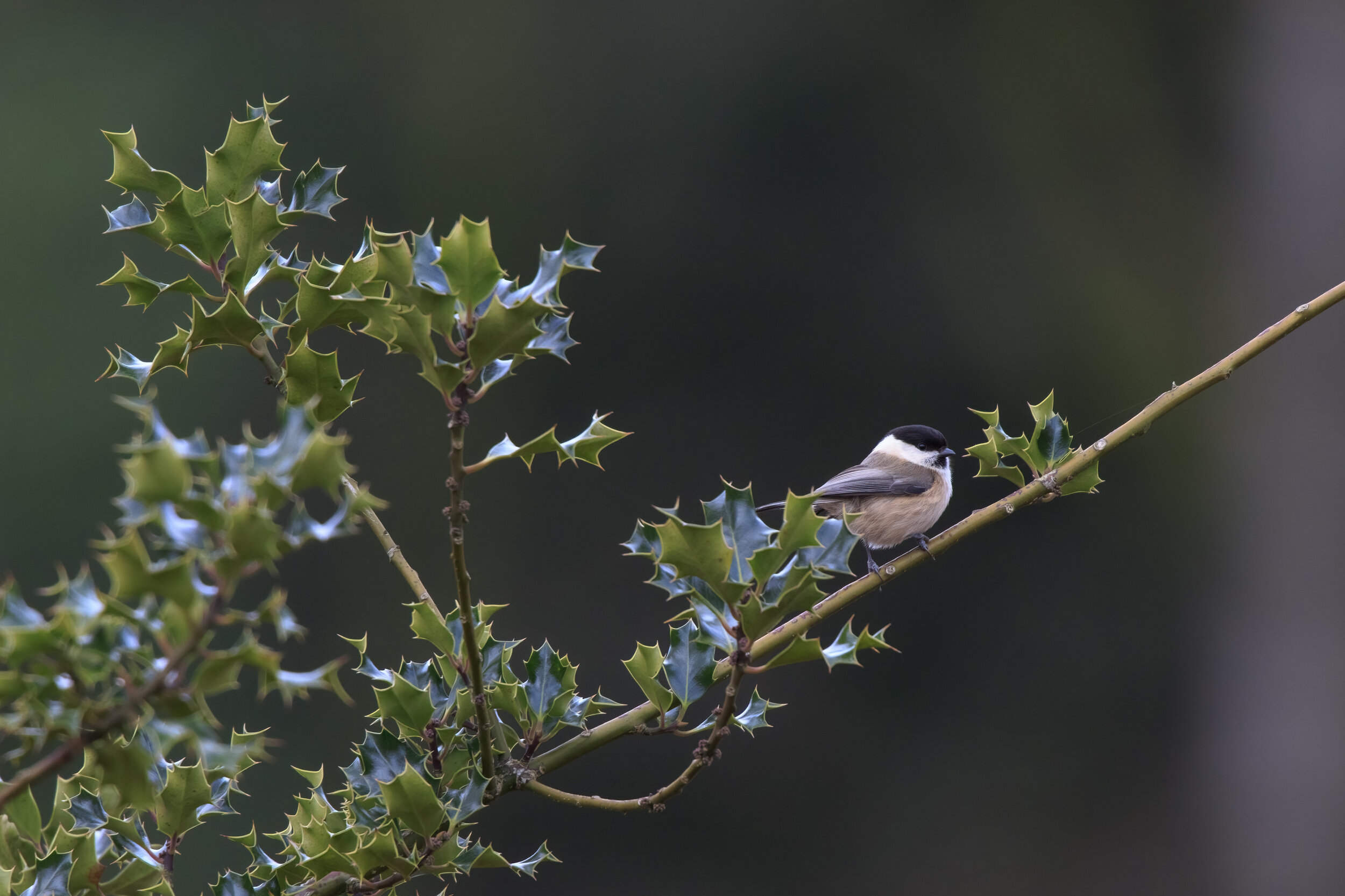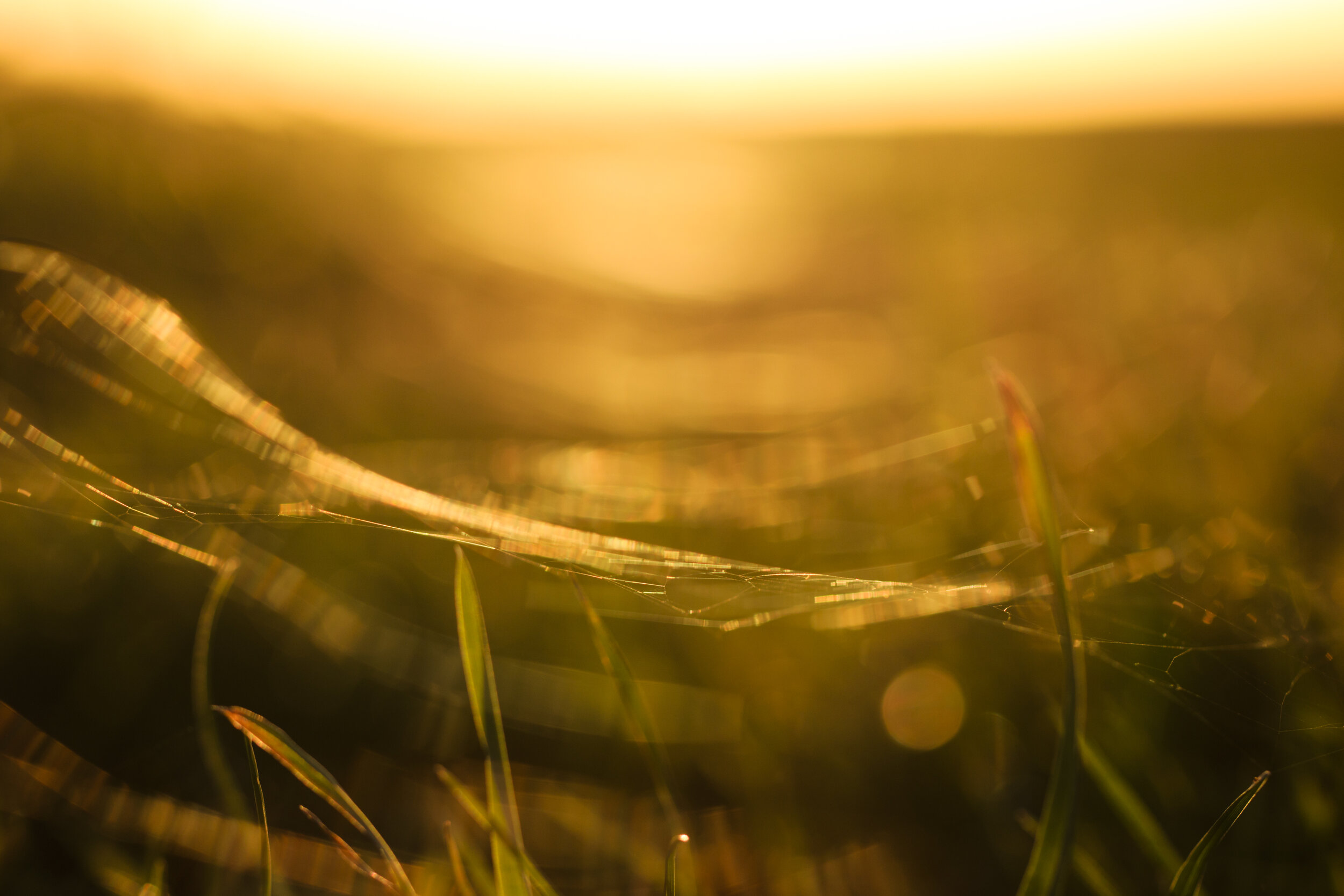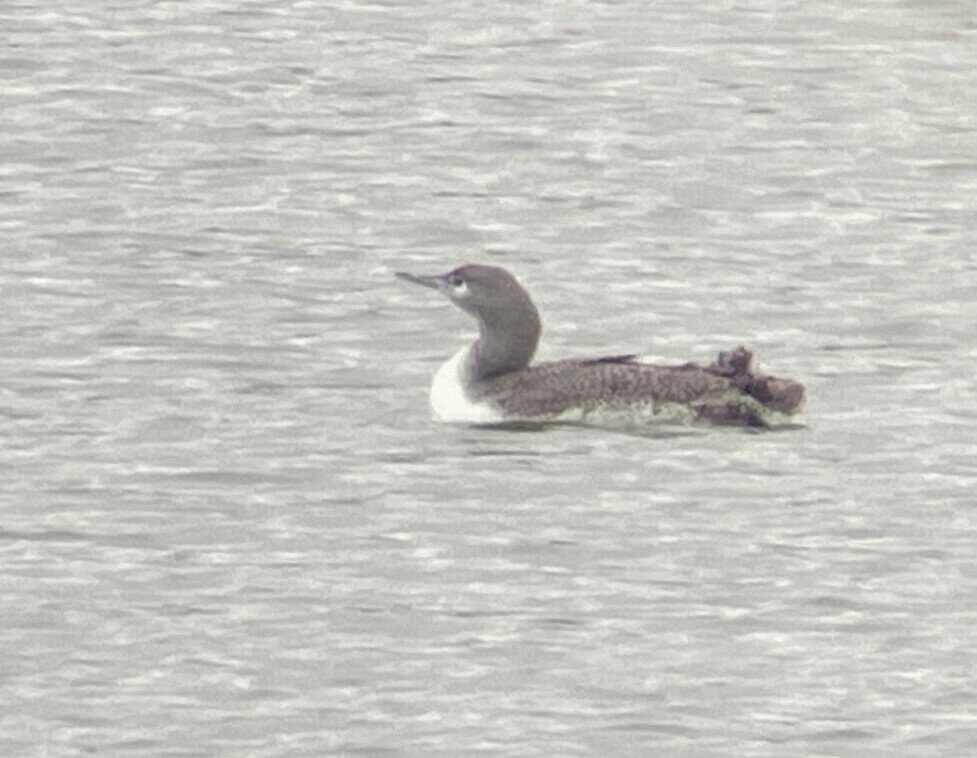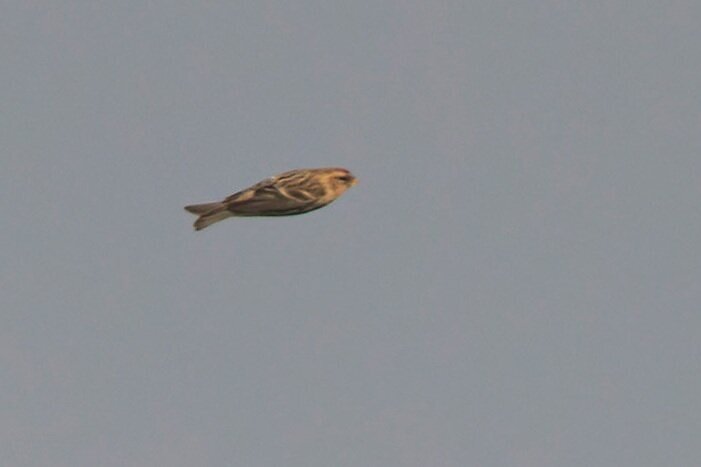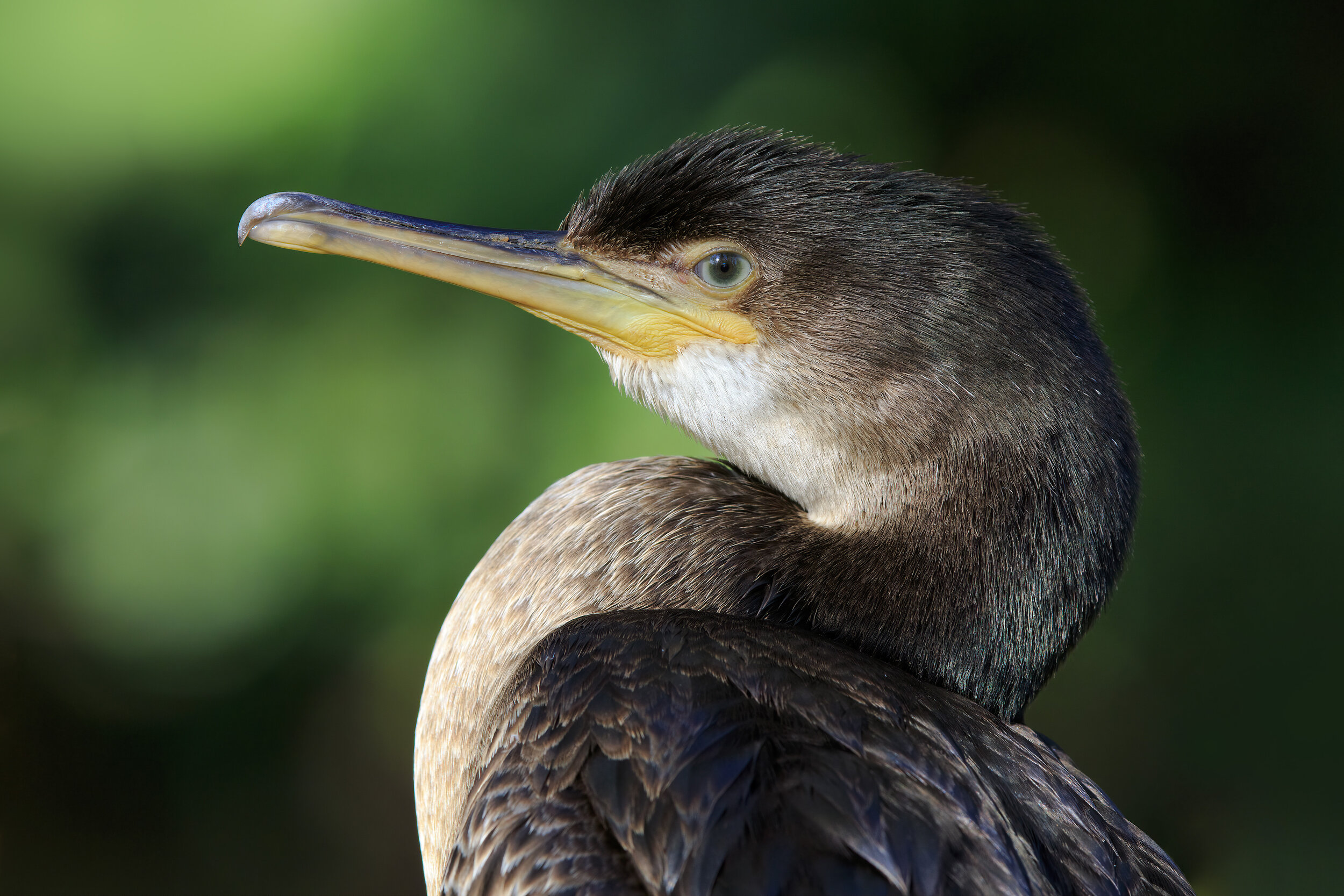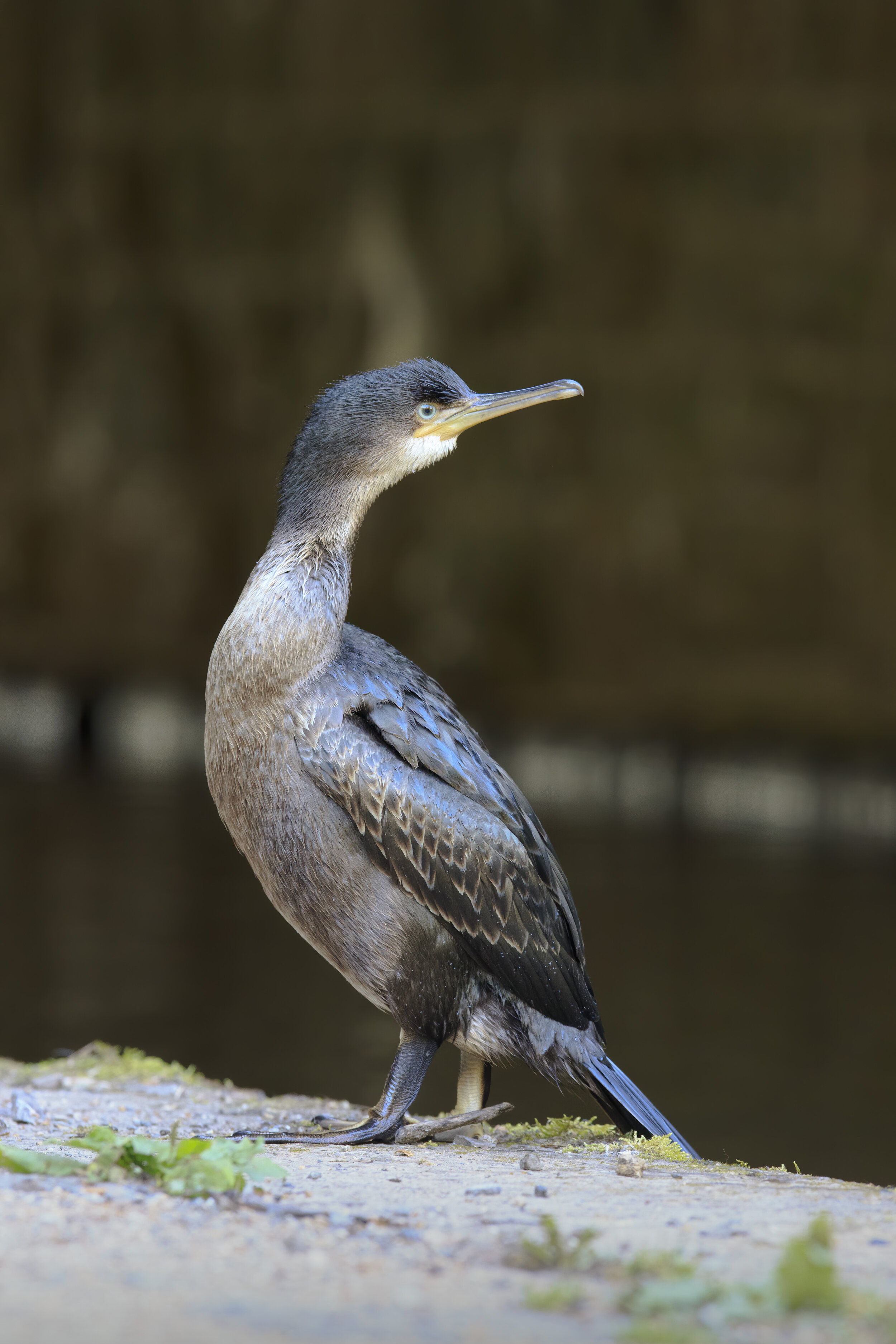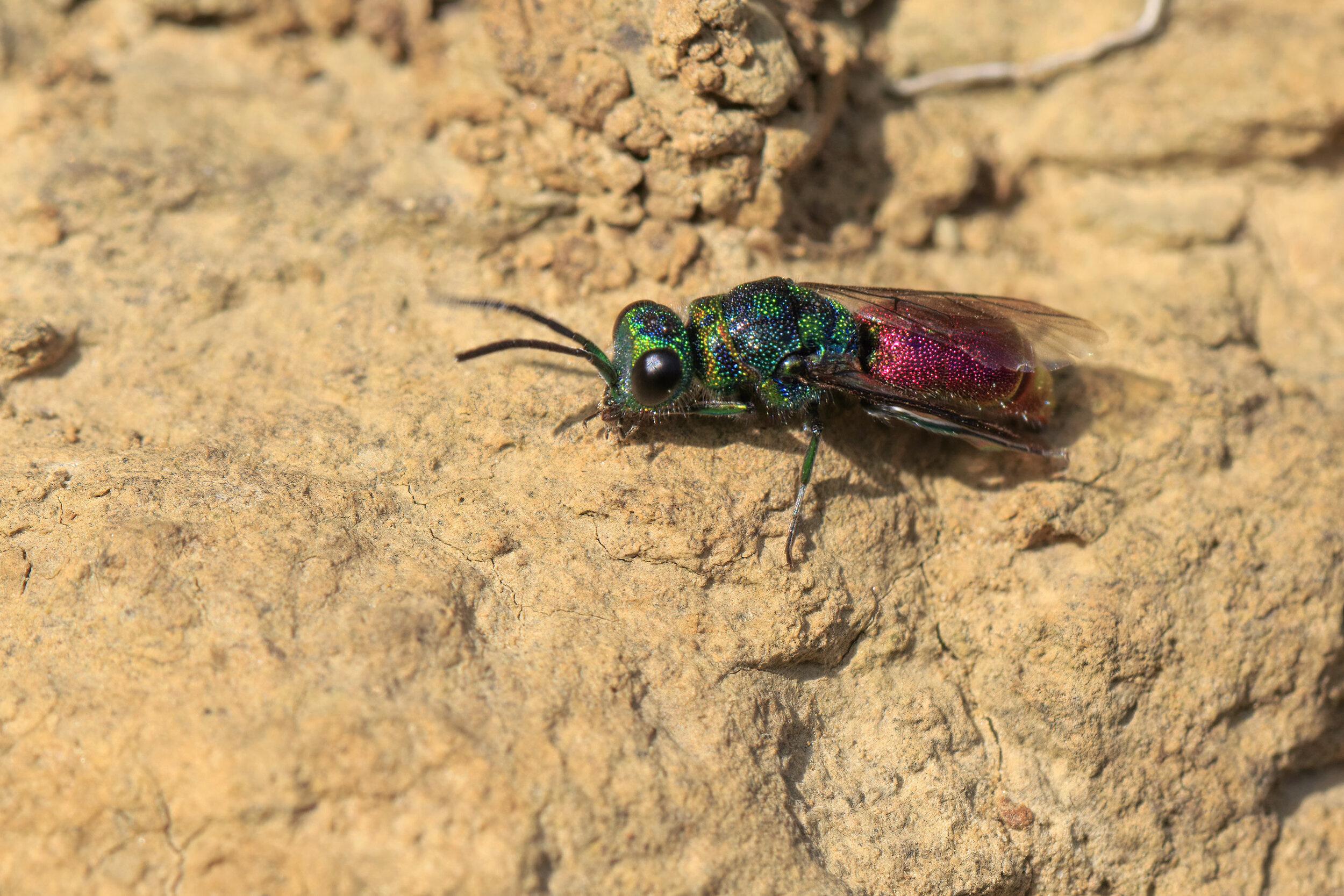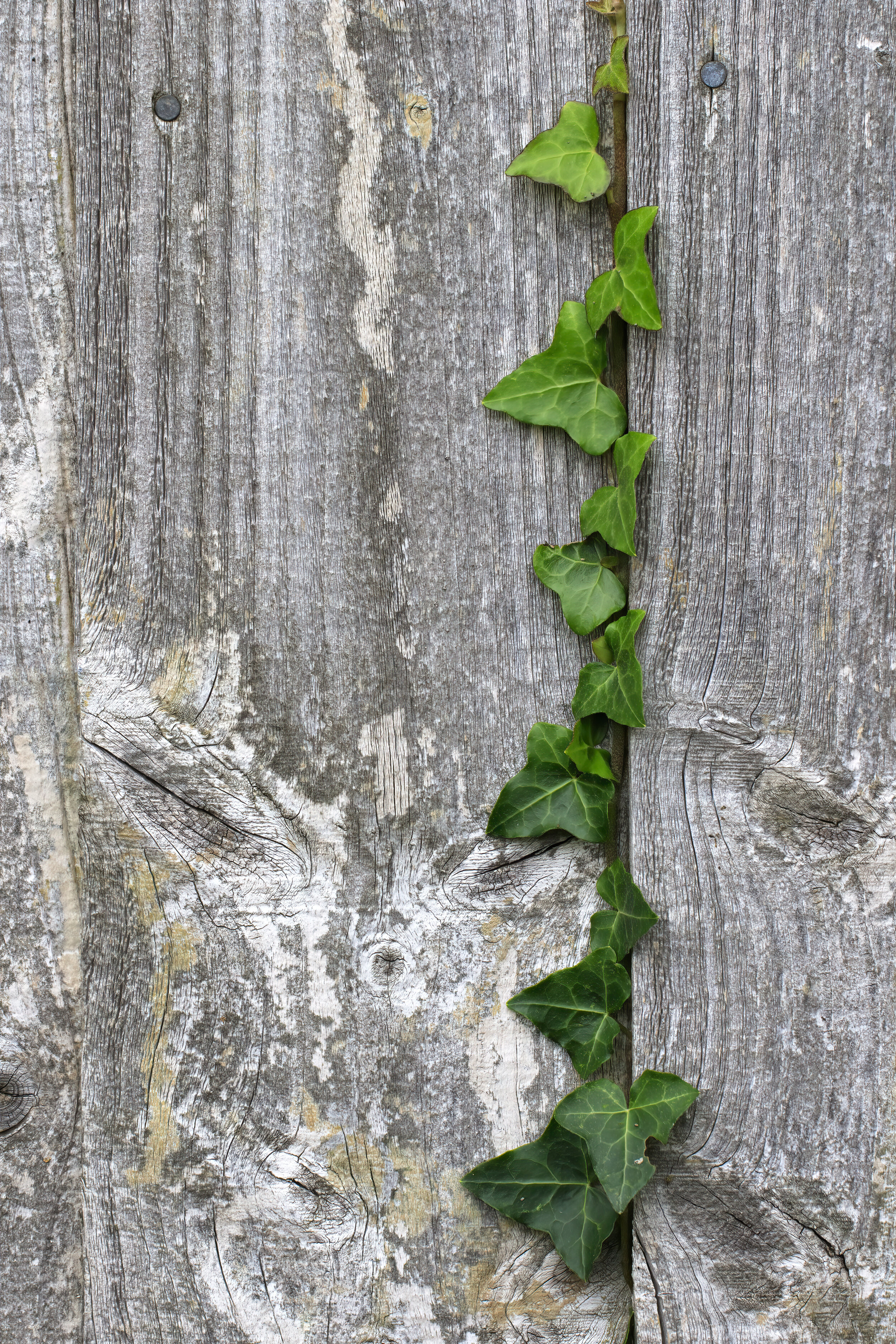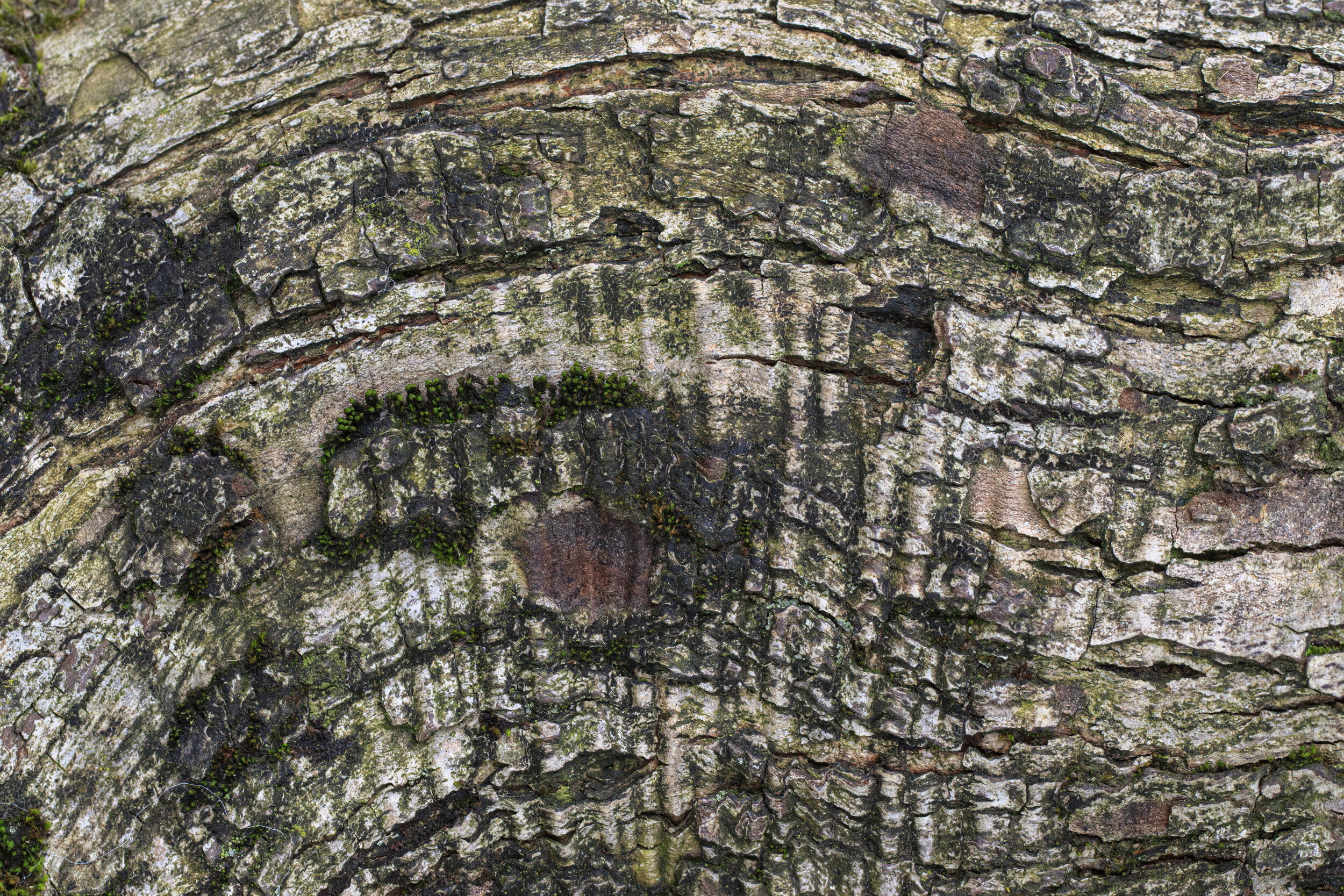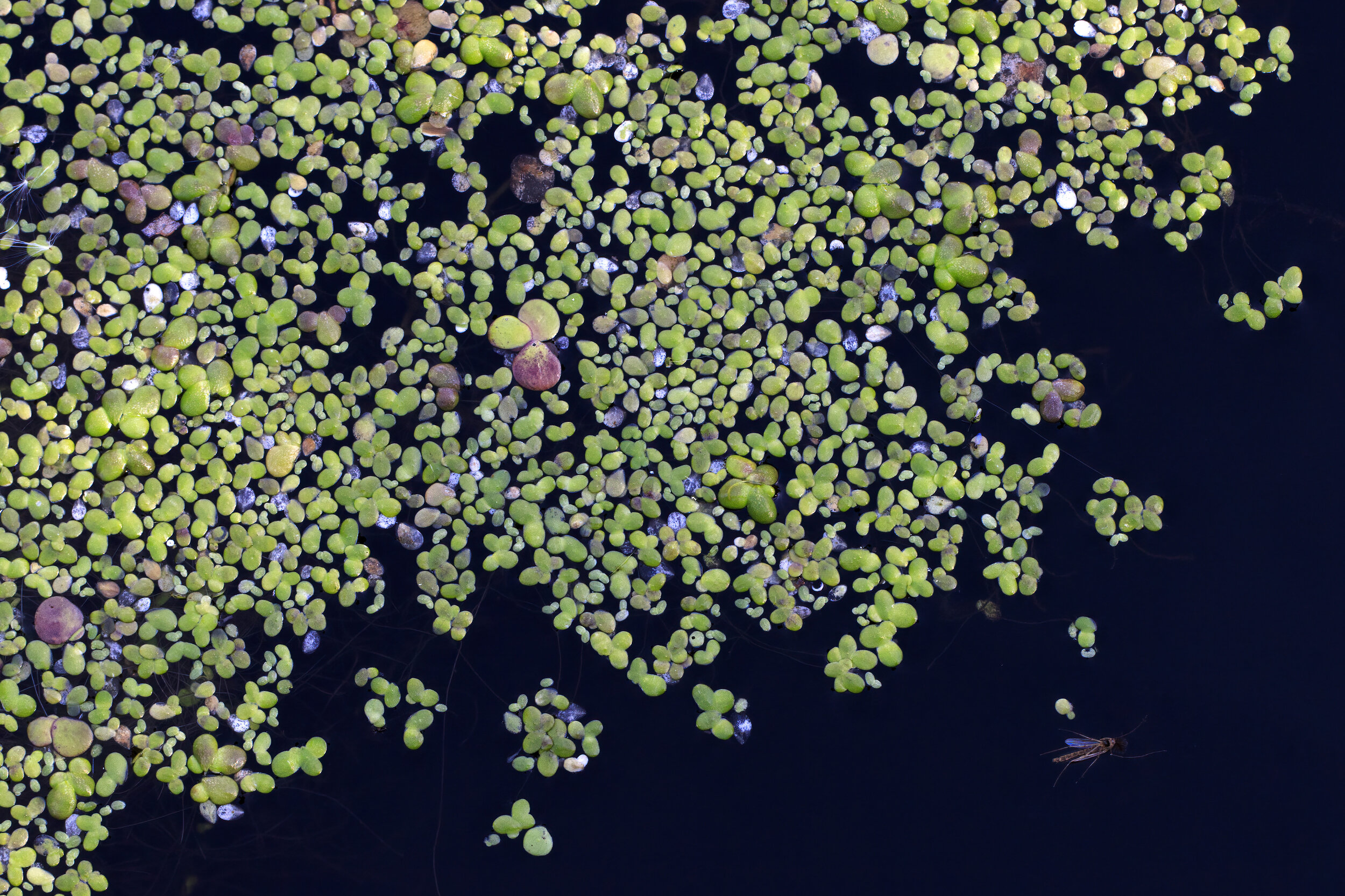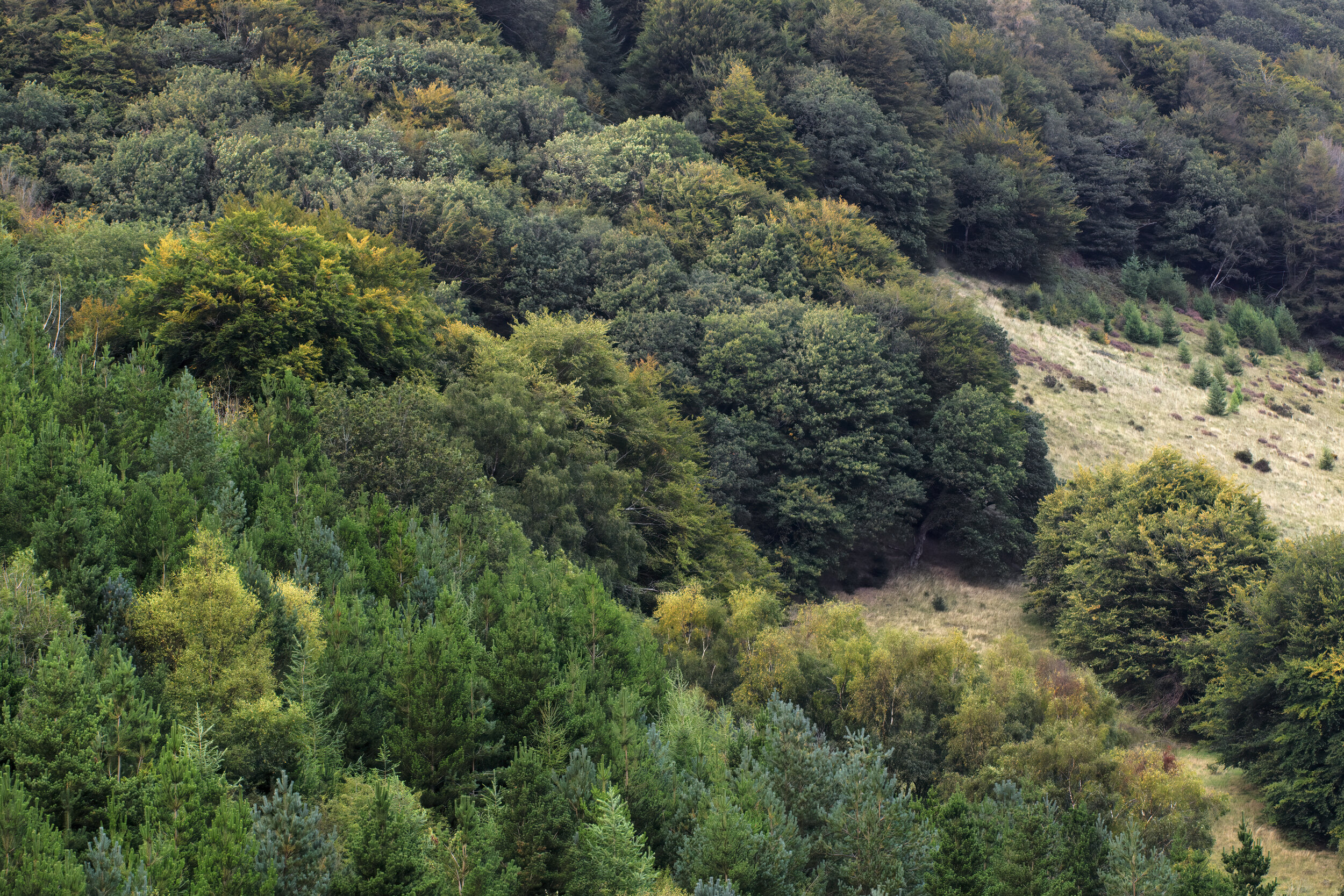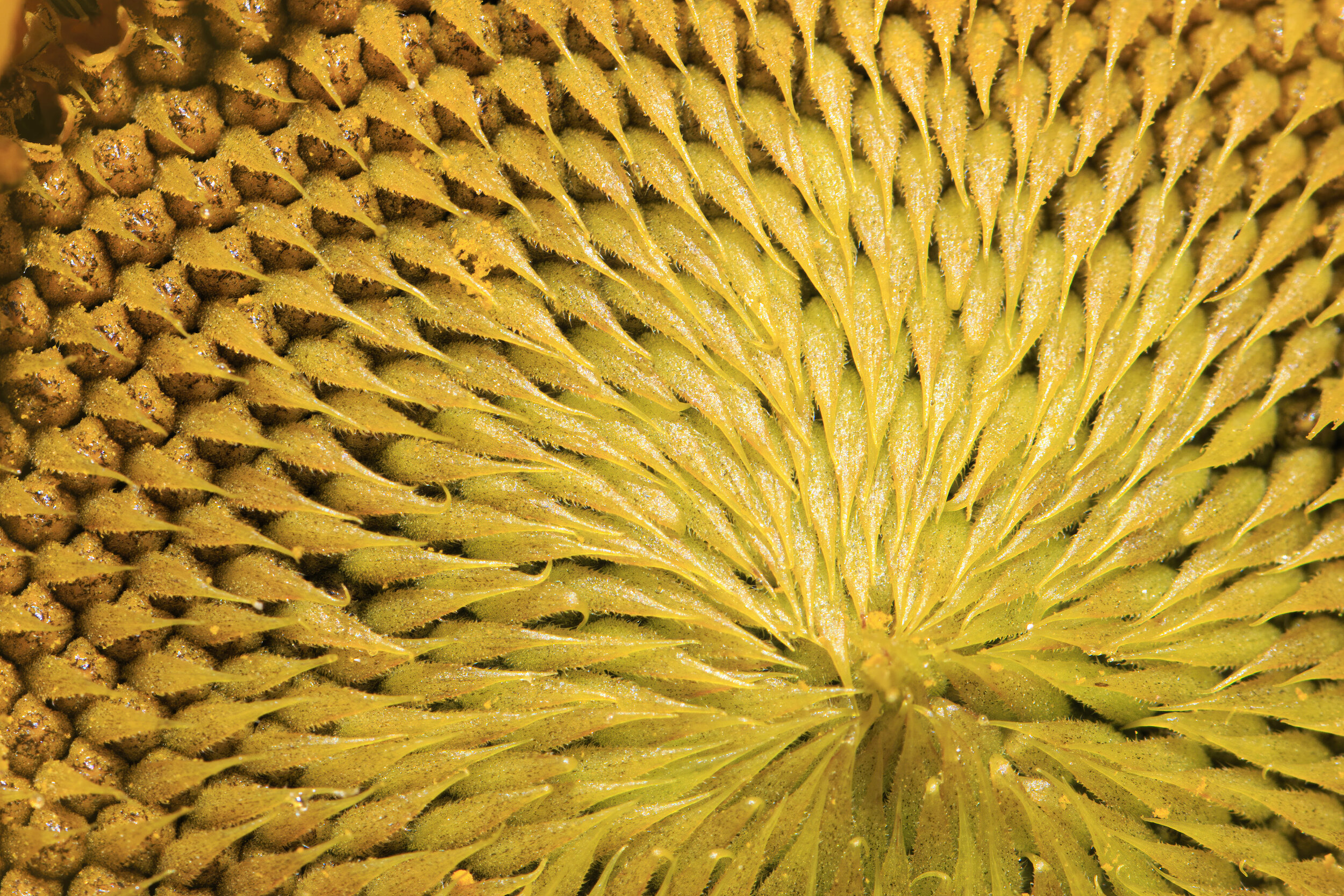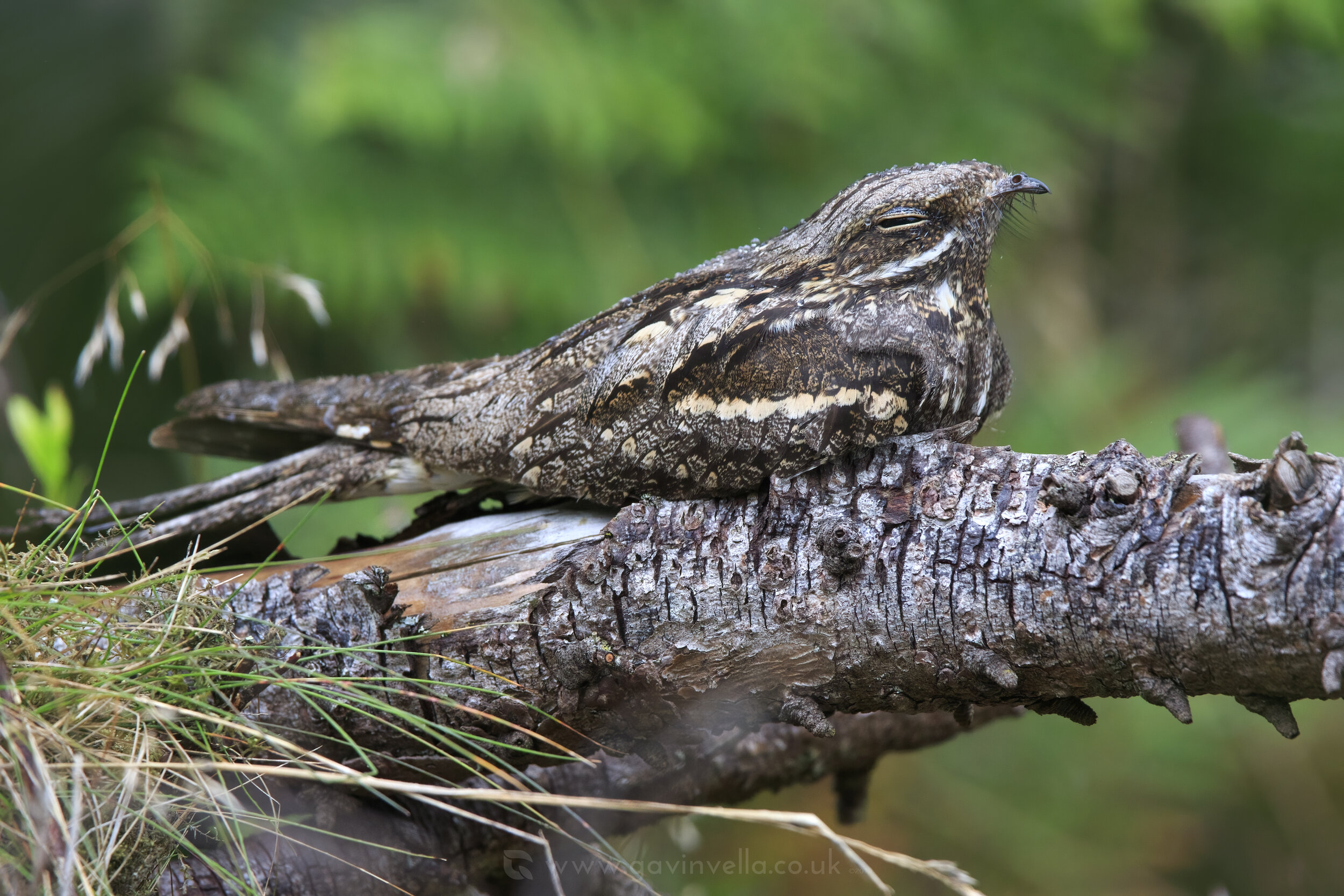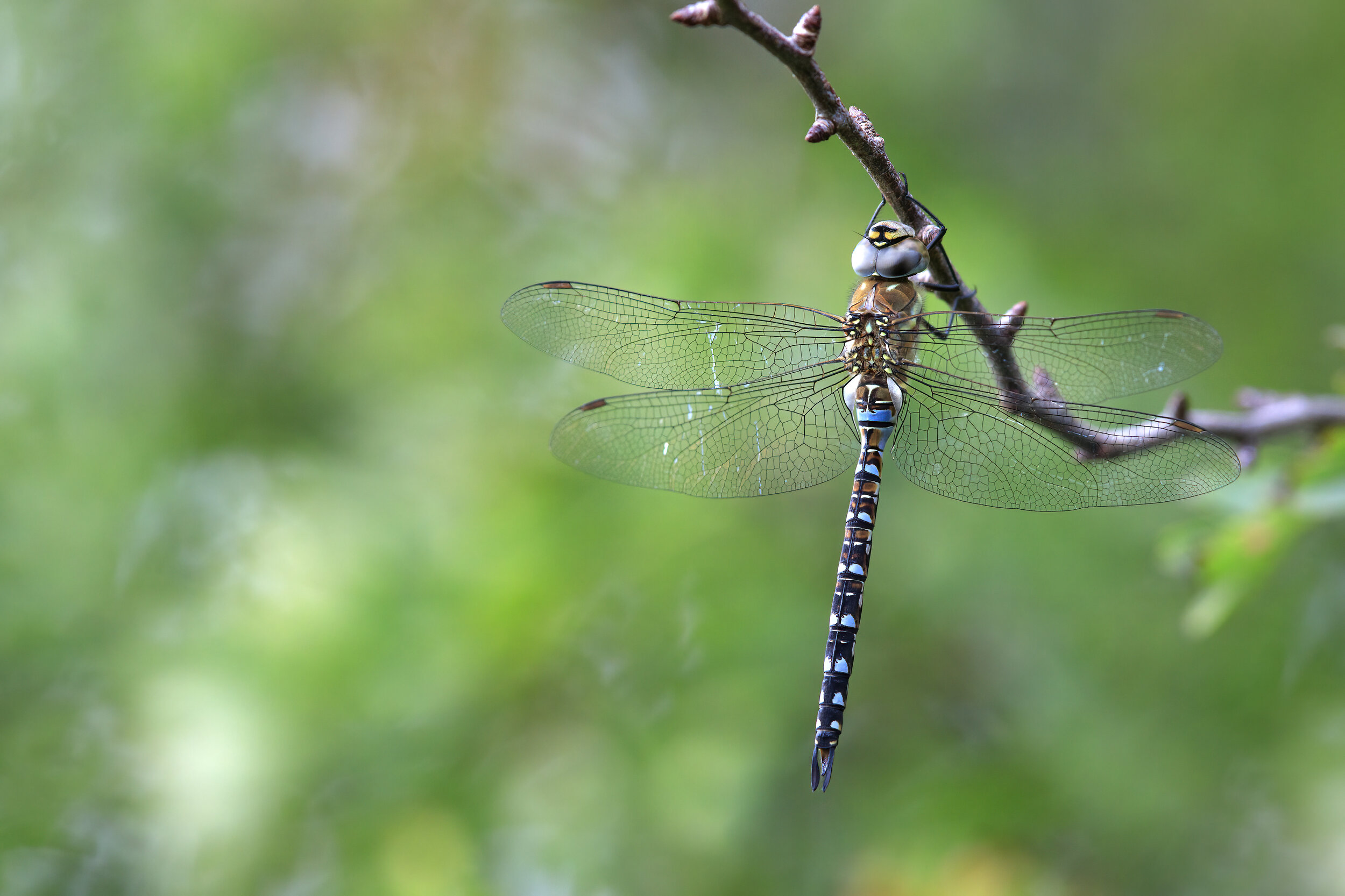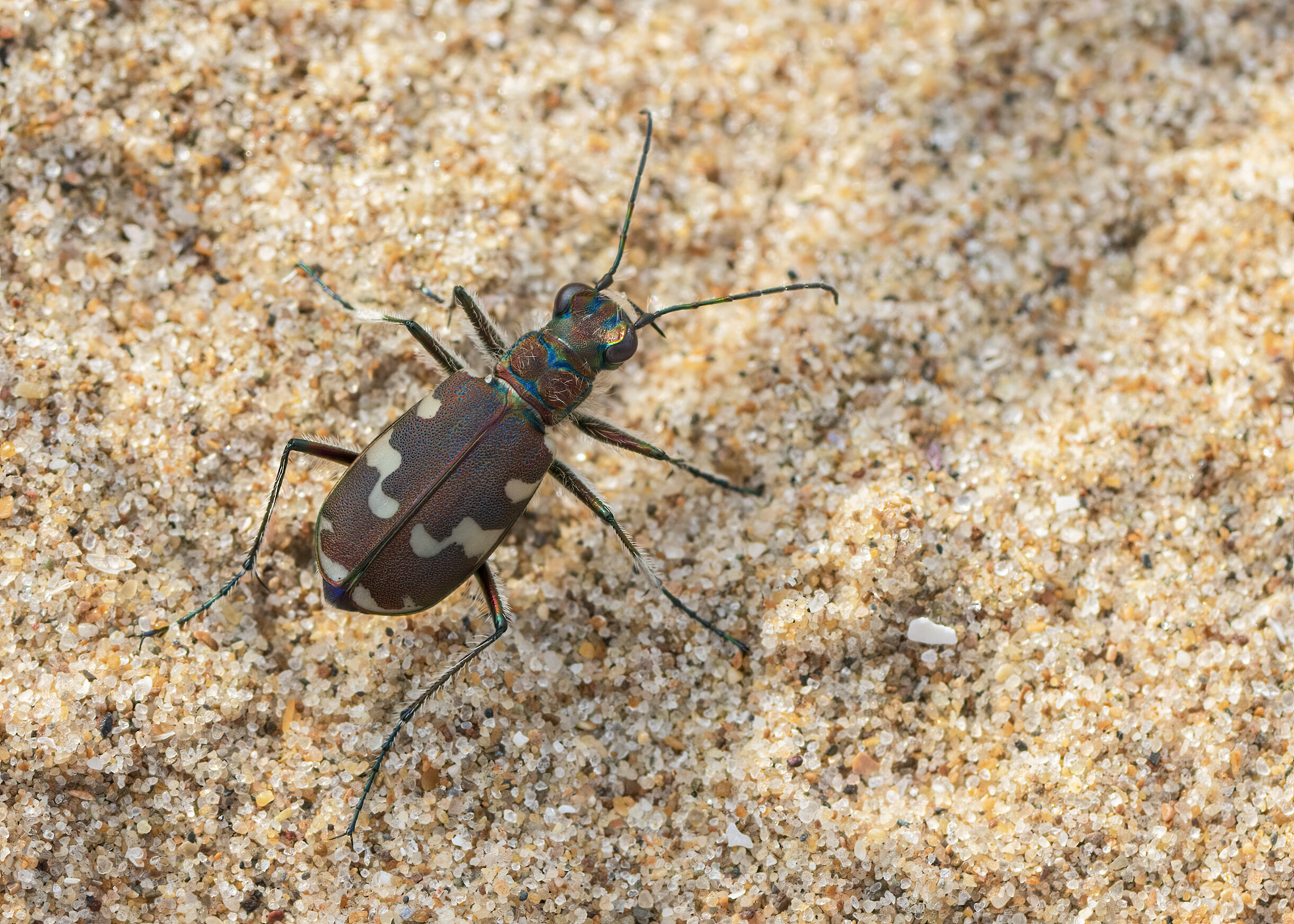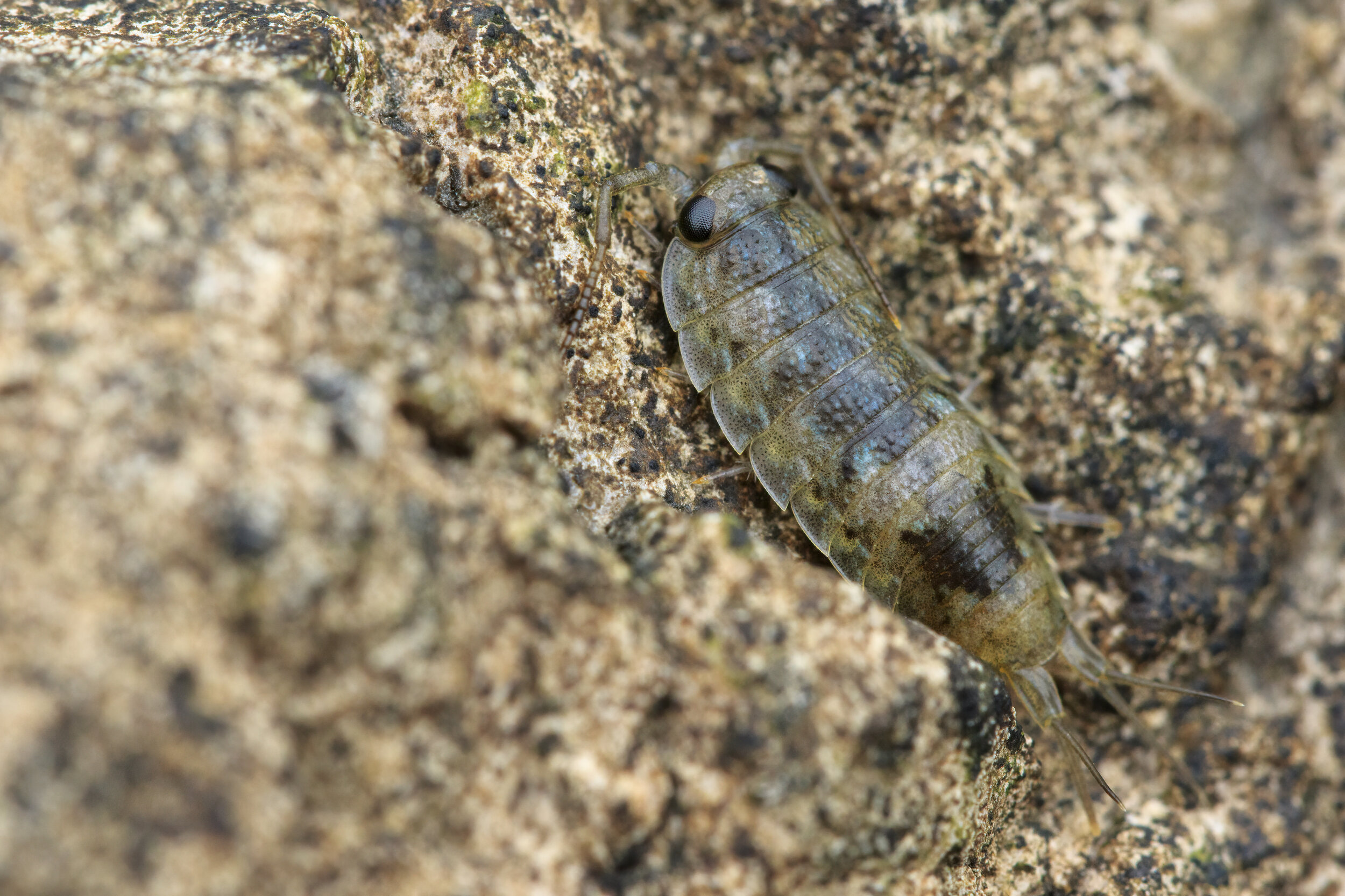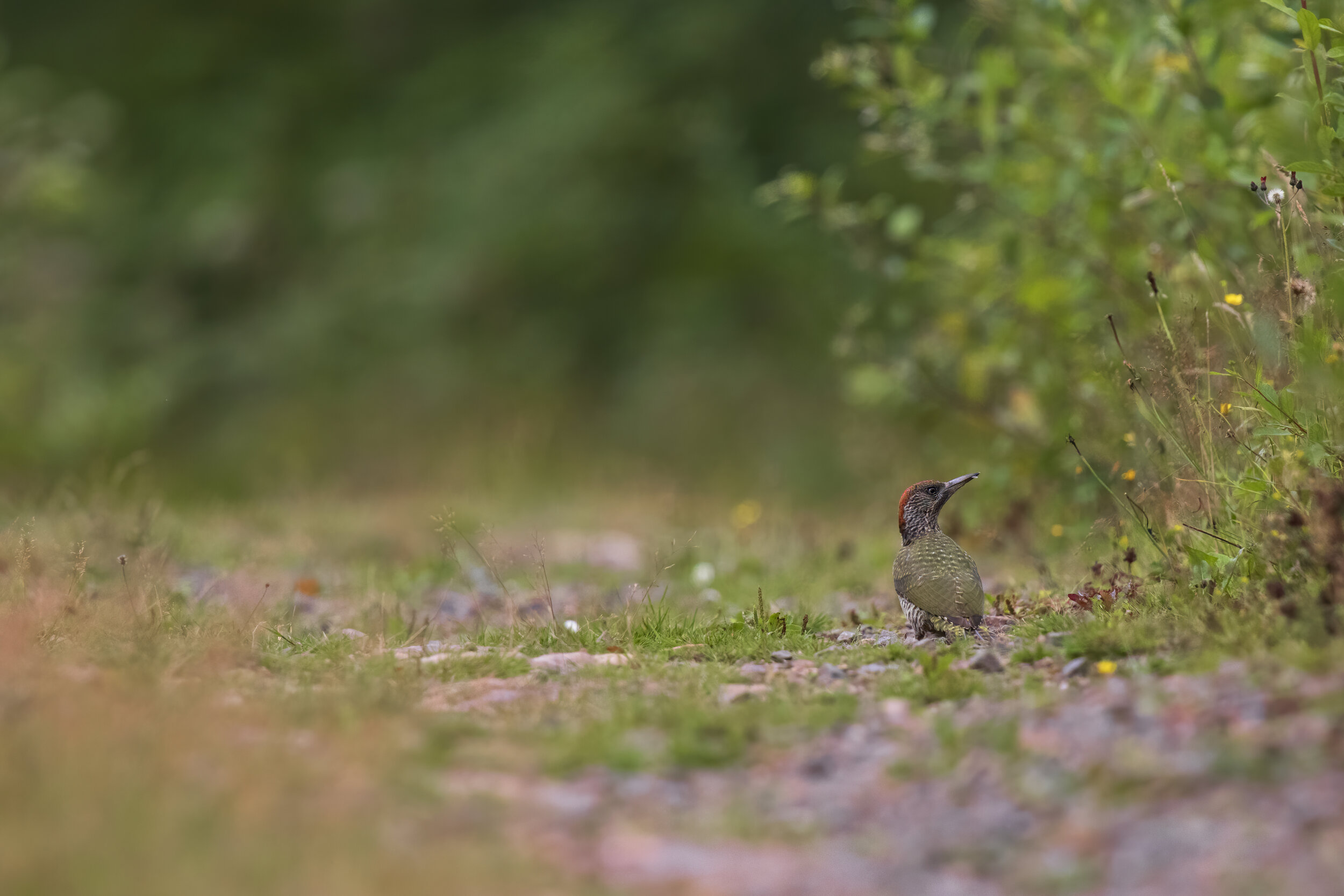Birding
My first ‘birding’ trip to Llandegfedd this year proved fruitful with a Kittiwake flying in over our heads on the dam wall, continuing on a NW flight path. Not sure if it’s a migrating bird or if it’s been blown off course during the last storm but I presume it’s the latter. There’s so much we don’t yet know about migratory birds, which is why Nocmig recording is quite an exciting activity to take part in. All that community data could really help paint a bigger picture about bird movements and distribution and all this could be achieved from the comfort of your home. So far I’ve only heard a Swallow, I haven’t actually seen one yet but looking forward to it.
One spring migrant I’ve certainly heard plenty of so far is the Chiffchaff. At first I wasn’t sure if it was just the birds that overwintered here that were singing, but I can confirm now on the Gwent Levels that they’re everywhere already! Here’s a recording from Llandegfedd this week.
I love this time of year, as winter migrants start to properly sing and ‘warm up’ to spring, but at the same time, spring migrants are arriving and starting to reclaim territories, so you get this cross-over of sounds from birds that live in totally different worlds to each other. You would have probably heard this by now but if you haven’t, keep a close eye on the Ivy and Holly bushes, especially around open fields of waterways. As the Redwing flock up, they’ll often sing together, creating a wall of sound that sounds way bigger than it actually is. The scratchy sub-song of the Redwing is quite common in winter but it’s less common to get a single bird sing their spring song, which is exactly what you can hear slightly in the recording below. Just a few fluty notes is all it takes.
I’ve recorded quite a lot so I won’t post everything, but here’s a comparison between the song of a Goldcrest and a Firecrest. Other than the fact that they’re both high pitch, they’re quite different when you know what you’re listening out for, so here’s a comparison. That dainty, bouncy rhythm of the Goldcrest is quite distinctive compared to the Firecrests loud-sharp-monotone song, that speeds up towards the end.
I have plenty more new recordings to listen to. I’m really starting to become more proud of the work that I do, and the benefits that it has, not just for my own mental health, but for others than are stuck in isolation, not just because of covid lockdowns but because they’re confined to the house, care home or hospital bed.
Below, probably one of my favourite, as it’s my very own Garden Blackbird that is now gracing me every morning and evening. I’ve commented on the track where mimicry is used.
My local Yellowhammer’s are back on territory and it’s so nice to hear this iconic song again. I can’t imagine the countryside without it. We need more gorse! Hedgerows aren’t enough, we need to protect our gorse patches and not allow farming culture to cut it all down. Even the brecon beacons national park have a lot to answer for, for needlessly cutting down gorse. Cattle can graze around it, and it doesn’t spoilt the view, it enhances it, as a mountain side covered in flowering gorse is a site to behold.
If you haven’t managed to get to your local mountains yet, the moorland soundtrack is in full swing again. Plenty of Skylark and Meadow Pipit displaying. The only sad the about that trip was seeing the amount of destruction done to our protected peat bogs. 4X4 and off-road vehicles have a lot to answer for, not only do they pose a threat to ground nesting birds but the damage they’ve have caused to our nationally important peat bogs is almost irreversible. They think it’s just grass, and that the grass will grow back, but that is not our moorlands work! they aren’t in many ways like ancient woodland, formed over hundreds of years, and once damaged like this, take a very long time to recover. The exposed peat makes the moorland less affective at storing water, which can cause flooding, as that water is no longer being stored and released slowly. It also contributes to global warming, as it makes the peat less affective at storing carbon. I hate seeing this happen on our doorstep but truth is, it’s happening everywhere. It’s good to see the police are starting to tackle this but I do think that off-roaders need somewhere where they can practise their hobby and enjoy themselves without causing damage. Simply educating people isn’t going to be enough.
Some other cool moments for sound were these Carrion Crows, that were in full territorial dispute. At first I thought they were dive bombing a predator, but they were actually dive bombing each other. |f you listen to the start of the recording, you can hear two birds forming a bond with each other by rubbing their bills together.
I’ll hopefully get more opportunities to record Siskin, as I know they can be excellent at mimicking other birds. In this recording you can hear Swallow and Green Woodpecker, but I’ve heard some that are quite elaborate with it.
This Robin actually did a pretty good job at mimicking other birds. I’ve commented a few of the more obvious species on the actual track, check them out.
Nocmig
Right! Now onto the good stuff, as migration is well and truly underway! And like last spring, I have high hopes for something special flying over the house. So far it’s been mixed bags, but last night, despite the northerly winds, I had quite a variety of cool birds.
I won’t upload every recording, but I’ve also had Wigeon, Snipe and good numbers of Moorhen, Coot, Mallard, Redwing and small numbers of Song Thrush too. As we approach April, things should really pick up, as so much starts moving, it’s quite exciting as you never know what you might have flying over your house at night. I’m expecting Common Scoter any day now as they have started moving all across the country but I’m also looking forward to Terns arriving, Spotted Flycatchers and Tree Pipits, which seemed to be a popular one for me last year.
I’ll end with some sleep material and a celebration of my local streams.



